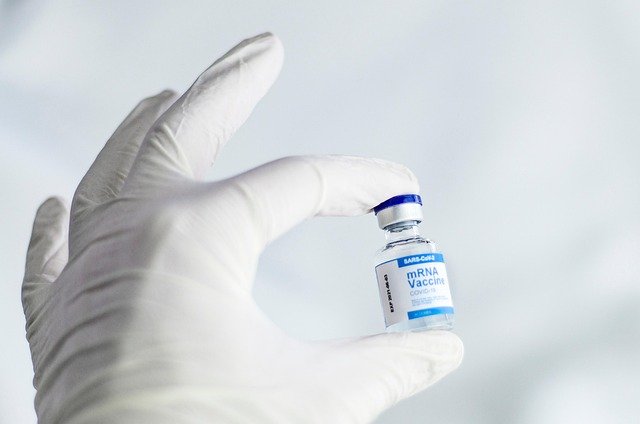Botox for Migraines: Understanding This Treatment Option
Chronic migraines can significantly impact daily life, affecting work, relationships, and overall well-being. For those who experience frequent and severe headaches, traditional pain relievers may not provide adequate relief. Botox has emerged as an FDA-approved treatment option specifically designed for chronic migraine sufferers, offering a different approach to managing this debilitating condition.

What Is Botox for Migraines?
Botox for migraines involves the use of onabotulinumtoxinA, a purified form of botulinum toxin, to help prevent chronic migraine headaches. The FDA approved this treatment in 2010 specifically for adults who experience 15 or more headache days per month, with at least eight of those being migraines. Unlike using Botox for cosmetic purposes, migraine treatment requires injections in specific areas around the head and neck where pain pathways are believed to originate. The treatment works by blocking the release of certain chemicals involved in pain transmission, effectively interrupting the pain signals before they reach nerve endings. Patients typically receive 31 small injections across seven key areas, including the forehead, temples, back of the head, neck, and shoulders. The procedure usually takes about 15 minutes and is performed in a healthcare provider’s office.
How Does Botox Prevent Migraines?
The mechanism behind botox to prevent migraines involves blocking neurotransmitters that carry pain signals from the brain. When injected into specific muscle groups, Botox prevents the release of substances like glutamate, substance P, and CGRP (calcitonin gene-related peptide), which are associated with migraine pain. This preventive approach differs from acute migraine treatments that address symptoms after they begin. Research suggests that Botox may reduce the frequency and severity of migraine attacks by calming overactive nerve pathways. The effects are not immediate; most patients begin noticing improvements within two to three weeks after their first treatment session, with optimal results often appearing after the second or third round of injections. Treatment sessions are typically scheduled every 12 weeks to maintain effectiveness.
Botox and Tension Headaches: What’s the Connection?
While Botox is FDA-approved specifically for chronic migraines, many patients wonder about its effectiveness for tension headaches. The relationship between botox and tension headaches is more complex. Tension-type headaches, which feel like a tight band around the head, have different underlying mechanisms than migraines. Currently, Botox is not FDA-approved for episodic tension headaches or chronic tension-type headaches. However, some healthcare providers may use it off-label in certain cases, particularly when tension headaches coexist with chronic migraines. The distinction matters because insurance coverage typically applies only to FDA-approved uses. Patients experiencing both types of headaches should discuss their specific symptoms with a neurologist or headache specialist to determine whether Botox treatment is appropriate for their situation.
Botox Chronic Migraine Treatment Protocol
The standard protocol for botox chronic migraine treatment follows specific guidelines established through clinical research. Patients must meet the criteria of having headaches on 15 or more days per month, with migraines lasting four hours or longer on at least eight of those days. During each treatment session, healthcare providers administer 155 units of Botox divided among 31 injection sites. These sites include the corrugator, procerus, frontalis, temporalis, occipitalis, cervical paraspinal, and trapezius muscles. The injections are relatively shallow, targeting the muscles just beneath the skin. Most patients tolerate the procedure well, reporting only mild discomfort during injection. Side effects may include temporary neck pain, muscle weakness, or injection site reactions. Results vary among individuals, but clinical trials have shown that Botox can reduce monthly headache days by approximately 50 percent for many chronic migraine sufferers.
Cost Considerations and Treatment Access
Understanding the financial aspects of Botox treatment for chronic migraines is essential for planning long-term care. The cost of botox chronic migraine treatment varies depending on location, provider, and insurance coverage. Without insurance, a single treatment session can range from $300 to $600 or more, with some providers charging up to $1,000 per session. Since treatments are typically administered every 12 weeks, annual costs can reach $2,400 to $4,000 or higher. Many insurance plans, including Medicare, cover Botox for chronic migraines when specific criteria are met, such as documented failure of at least two preventive medications. Patients should verify coverage with their insurance provider and discuss payment options with their healthcare team. Some pharmaceutical companies offer patient assistance programs to help reduce out-of-pocket expenses for eligible individuals.
| Provider Type | Typical Cost Per Session | Insurance Coverage |
|---|---|---|
| Neurology Clinics | $400 - $800 | Often covered with prior authorization |
| Headache Specialty Centers | $500 - $1,000 | Usually covered for chronic migraine |
| General Medical Practices | $300 - $600 | Varies by plan |
| Hospital Outpatient Services | $600 - $1,200 | Typically covered with referral |
Prices, rates, or cost estimates mentioned in this article are based on the latest available information but may change over time. Independent research is advised before making financial decisions.
Conclusion
Botox represents a valuable treatment option for individuals struggling with chronic migraines who have not found adequate relief through traditional preventive medications. By targeting specific nerve pathways involved in migraine pain, this FDA-approved therapy can significantly reduce the frequency and severity of headache days. While the treatment requires regular sessions every three months and involves multiple injections, many patients find the benefits outweigh the inconvenience. Understanding the differences between migraine and tension headache treatment, meeting eligibility criteria, and navigating insurance coverage are important steps in accessing this therapy. Consulting with a qualified neurologist or headache specialist can help determine whether Botox is an appropriate option based on individual symptoms, medical history, and treatment goals.
This article is for informational purposes only and should not be considered medical advice. Please consult a qualified healthcare professional for personalized guidance and treatment.




